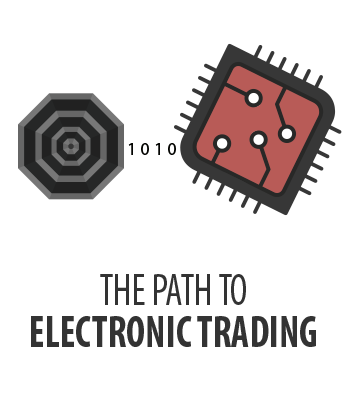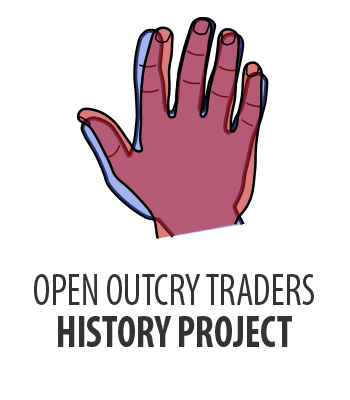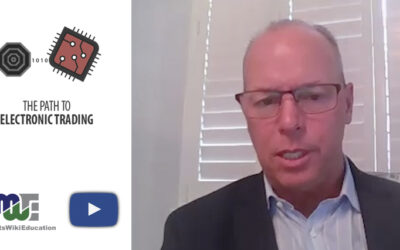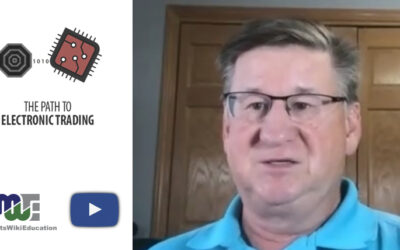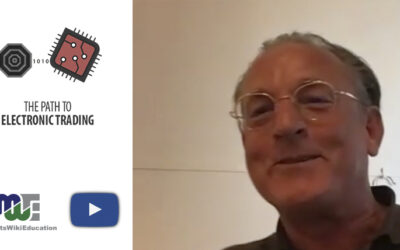ORDER ROUTING STARTED MCNALLY’S ELECTRONIC TRADING TECHNOLOGY CAREER
Ryan McNally started his career as a runner on the CME trading floor, but he quickly moved off the floor to use the tools that helped make the markets more efficient and able to handle greater volumes, creating his path to electronic trading.
McNally started in 1982 as a runner for Lind-Waldock and he has been an electronic trading pioneer since the day he first saw the Lind-Waldock Order Express system.
He moved from Lind-Waldock to Shatkin Trading and worked their off-the-floor order desk. When a job opened up on the 24-hour desk at Shatkin, he was assigned to manage the desk.
From the 24-hour desk, the transition to electronic trading started with the addition of six Globex terminals and two Project A terminals. Those early terminals were error prone, as busy clerks would put the account number in the quantity spot, McNally said.
The phone rang off the hook at the 24-hour desk as the firm added more broker groups as Shatkin became part of industry consolidation when it was bought by London-based London Investment Trust, or simply LIT.
The biggest problem McNally and LIT attempted to solve with the introduction of the TOPS order routing system was open orders, which could number into the thousands each morning. Dealing with open orders involved a labor- intensive process each day before the markets opened. McNally said TOPS solved that by having all the open orders placed into the TOPS system and then creating reports sent to the brokers and institutional clients.
The move from writing orders to entering orders in the TOPS system led to the order desk clerks using headsets rather than a phone handset. The 24-hour desk was able to get the number of rings before a call was picked up down to three after they implemented the TOPS system fully.
Customers were later issued their own TOPS terminals, which they really liked because it eliminated a step to get their order down to the trading floor.
When the CME launched Globex 2, they introduced an API from TOPS into Globex, giving McNally’s clerks the ability to report a fill on a market order instantly to the customer.
The automation of the trading desk, with clerks using TOPS terminals to enter orders, and the bridge from TOPS into Globex, increased the volume of trading and allowed McNally’s clerks to be much more efficient.
